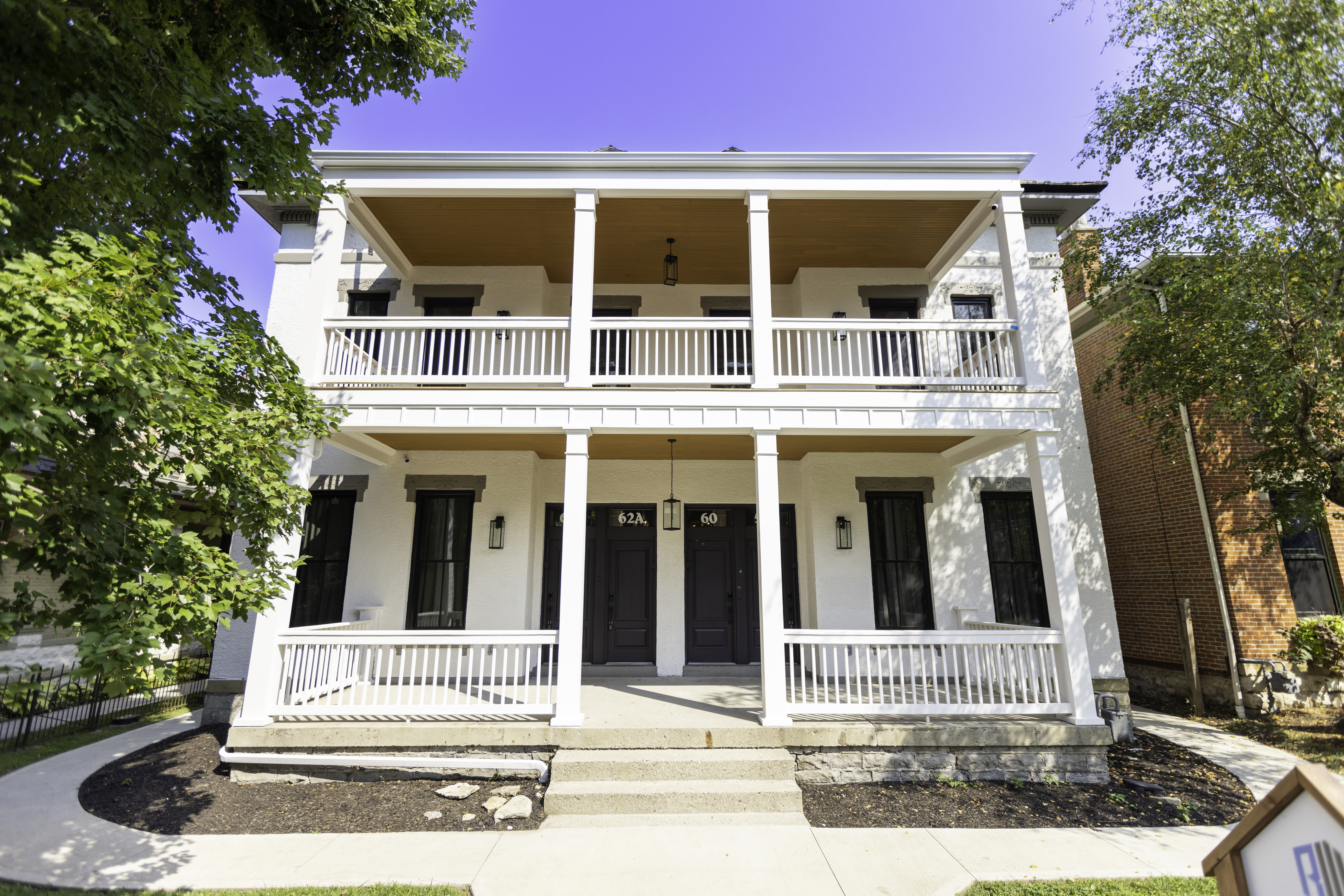
Ever felt lost in the tech maze wondering which Airbnb software to use?
I’ve been there, juggling one property, asking the same question. I realized I was not alone when asking questions related to, dynamic pricing software.
Many are using Airbnb’s smart pricing. But that algorithm favors Airbnb, not necessarily what is best for owners. So using pricing software can solve a ton of revenue related problems for property owners.
We’ve rounded up all of our Airbnb Hosting Must-Haves right here in our Amazon Store. Click here to grab everything you need to curate your property and start earning 5-star reviews.
Why Revenue Management Matters
We’re ultimately in any business to make money. Revenue management focuses on maximizing income through careful adjustment of rates and this matters for long-term growth.
This goes beyond basic bookkeeping. We’re talking about strategically setting your average daily rate (ADR) to boost profitability and make you more income.
Revenue management is about adjusting prices based on factors like market demand and guest behavior. This helps optimize income potential by never leaving money on the table for potential property renters.
Understanding the Booking Window
The booking window is the time between when a guest books and when they arrive. Knowing this window helps you make proactive, rather than reactive, pricing decisions. I have learned this because I study our properties on a weekly basis.
This window isn’t constant. This changes based on seasonality, events, and overall guest behavior in your specific local area. My properties can be within 3 days and for others is many months out.
Even large hotels and property management companies use pricing software along with dedicated staff for revenue management. So dynamic pricing software use data, and so should the average property owner to really grow income for themselves.

Dynamic Pricing Software in Action
Dynamic pricing software gives insights into your booking window. I can quickly tell how my portfolio is operating by looking at data trends and numbers.
The data the dynamic pricing software shows should guide your decisions. This helps us make better data driven choices on pricing and rates.
Here’s a quick guide based on market occupancy:
| Market Occupancy | Action |
|---|---|
| Under 35% | Do not lower your rate |
| Over 70% | Do not lower your rate |
| 35% to 70% | Consider adjusting rates based on neighborhood data |
Being proactive helps avoid those reactive price drops. Keeping consistent will prevent us from unnecessarily losing money in the short and long term.
The Power of Removing Maximum Price Caps with Dynamic Pricing Software
Most platforms let you set a minimum and maximum price for your property. But you really should leave that maximum field blank when operating at scale with multiple properties, based on my experience.
Removing the maximum price lets you capture peak demand. You never know how much someone might be willing to pay, so give them the ability to spend.
Think of events like major concerts or sporting events. When Taylor Swift or the Superbowl comes to town, demand can go through the roof and removing limits will allow the rates to grow organically to demand.
Removing the maximum lets software like Pricelabs do its job. The dynamic pricing will be based on actual market drivers rather than self imposing what a price should be capped at.
Overcoming Preconceived Notions
Many hosts have a set idea of their property’s value. It might not align with data so its important to be flexible for potential rental pricing.
Let go of your own perceptions. Many often undervalue their property and thus severely limiting potential profits on rental rates. My partner, we hit our highest rates ever during the college football playoffs, as a result.
Removing price caps builds confidence in pricing over the short-term and longer. This change alone will make someone a stronger revenue manager. This process leads to record-high bookings time and time again as other properties in my portfolio were setting maximums where my property pricing grew organically.
Trust But Verify
While letting software do its job is very crucial. Actively managing your properties helps give you greater control. Always verify information is what my co-host likes to say, who’s name is Sarah.
As long as you keep an eye on your occupancy, adjustments can be made if needed. I am making pricing decisions with the latest available data to make decisions I’d otherwise not see. Also be sure to competitor price analysis.
Knowing your numbers is essential to a thriving business and empowered business owner. Grab our free Know Your Numbers guide right here.
Using Dynamic Pricing Software
Getting started is simpler than most think. You just need to commit to giving the approach a true opportunity.
Start by getting dynamic pricing software and set it up. Don’t think Airbnb’s “Smart Pricing” tool is true, dynamic pricing. Also, keep in mind that effective yield management is crucial for optimizing revenue.
Learning to ask questions and seek help if needed are smart ways of doing things. Taking courses is a path for success because that way you never get lost alone without someone experienced nearby. We use PriceLabs. You can read all about our favorite tools right here.
Step-by-Step: Mastering Your Booking Window
Knowing your booking window gives you better decision-making for prices. This can involve making tables to compare different price points. Also, consider the elasticity of demand when setting prices. Here’s a refined version of how occupancy rates guide my pricing strategy:
- Under 35% Market Occupancy: At this point, lowering your rates would just be leaving money on the table because it signals there’s not strong demand yet.
- Over 70% Market Occupancy: High occupancy, rates usually don’t need adjusting in a large majority of properties, unless it’s new.
- Between 35% and 70%: This is where things can change from property to property, and in some cases from city to city, or even block by block. This is where you should check and make needed adjustments.
The right pricing strategy helps with price optimization.
Maximizing Revenue: Letting The Data Drive
One secret weapon in my arsenal has been never setting a maximum rate. Don’t restrict what is possible.
Setting maximums is just telling what guests are actually willing to pay. Let prices change according to actual market rates to maximize profits. When my property goes higher than I’d ever have guessed, my assumptions will have been disproved so long as I avoid placing max’s.
Be sure to include all costs to find the best price floor.
Watch out for pricing strategy mistakes! We covered the most common pricing mistakes right here.
Key Takeaways
Integrating dynamic pricing software has changed how hosts all over manage their income. I have used this personally for multiple years to learn.
Using third-party software instead of relying on default platform settings has grown over recent times, like Airbnb. Using actual revenue management strategies has lead to better financial freedom as well. Effective revenue management relies heavily on accurate demand forecasting.
So embracing proactive and data-driven strategies lets me have success consistently in my rental market. Taking time to think of rates and bookings in a non emotional way will help one remain in business, in a healthy way. All while allowing them to stay relevant in the property pricing.
Calling All Hosts: The Hosting Handbook
If you loved this post we invite you to check out our one-stop-shop solution for hosts everywhere —the Hosting Handbook! While you can download all the easy to consume, step-by-step tips we use in our own hosting business and create the ultimate “book” the Hosting Handbook is so much more than that! If you’ve consumed or content for years (or just met us!) this is the reference guide for all the amazing and tactical tips we have for running a profitable and, more importantly hospitable, short-term rental. How do we price for pets? How do we fold our towels? What sheets do we buy? How do I purchase a short-term rental? All these questions (and more!) can be answered in the Hosting Handbook! Check it out now!
Happy Hosting!



show comments
HIDE comments